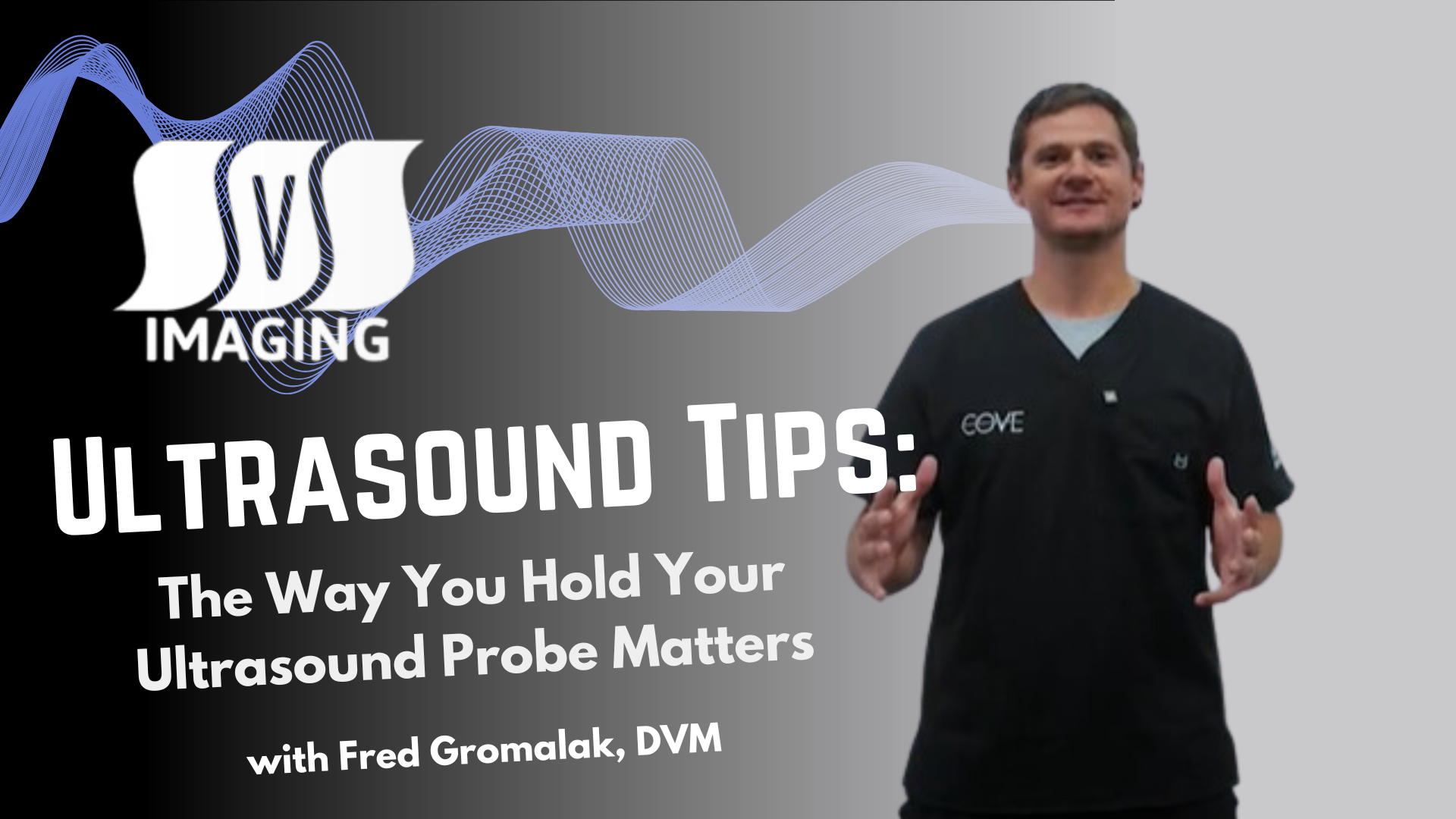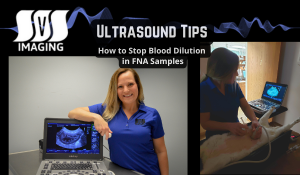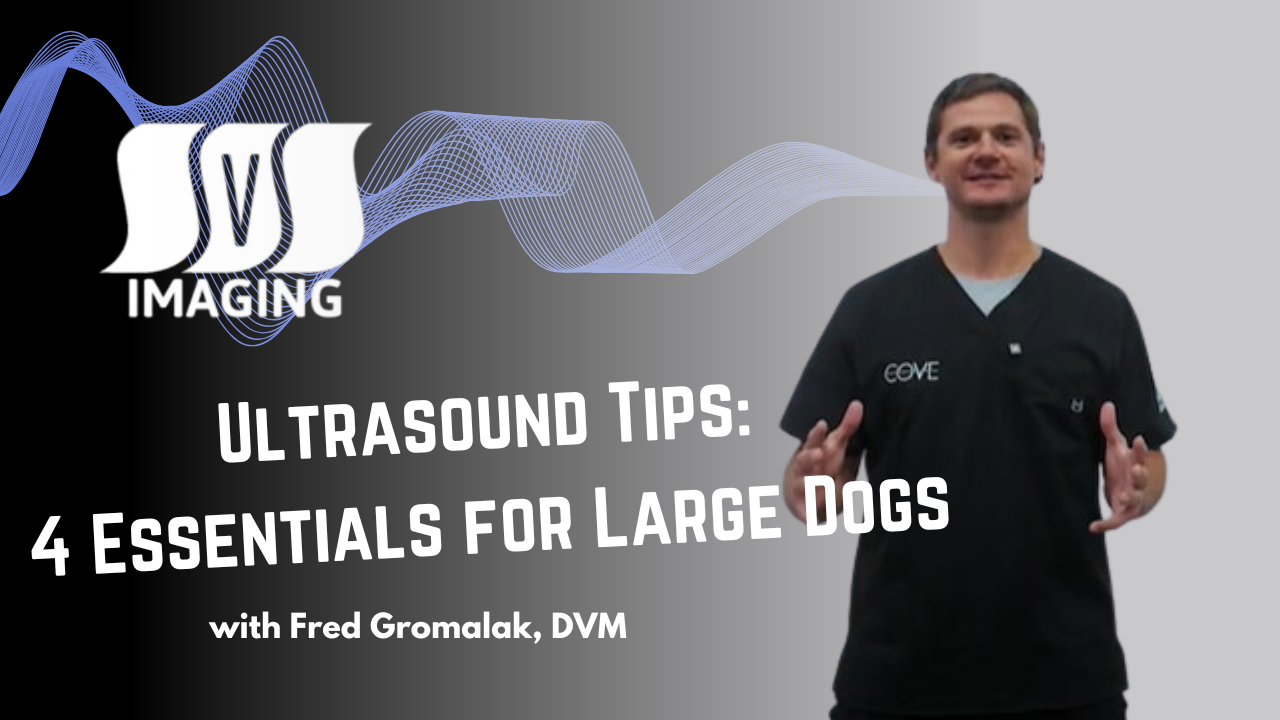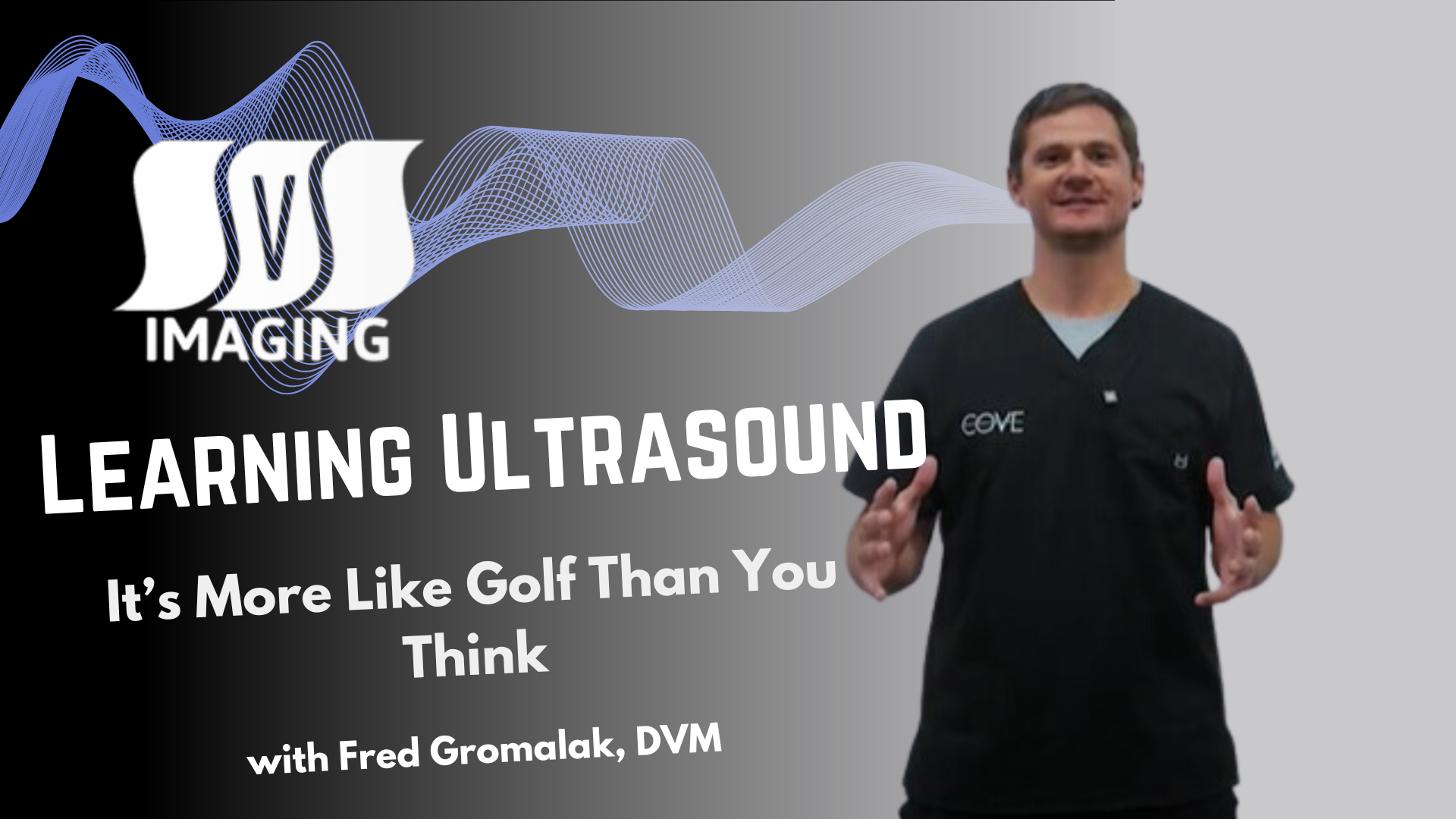Top Tip for Fine Needle Aspirates: Reduce Blood Contamination
Fine needle aspirates (FNAs) are a cornerstone diagnostic tool in veterinary medicine, but one common frustration is blood contamination in the...
1 min read
.jpg) Fred Gromalak, DVM
:
Feb 6, 2025 11:55:40 AM
Fred Gromalak, DVM
:
Feb 6, 2025 11:55:40 AM

When performing an ultrasound, most veterinary professionals focus on image quality, machine settings, and anatomical accuracy. But what if a crucial part of the equation was right in your hands—literally?
Your probe grip isn’t just about comfort—it affects precision, efficiency, and even long-term career longevity.
Think about how you hold a pencil when writing. You position your fingers near the base, not the tip, to maintain control and stability. This same principle applies when handling an ultrasound probe. A proper grip allows for smoother movements, better angles, and more consistent imaging results.
Yet, too often, professionals unknowingly adopt poor habits—gripping too tightly, positioning their hand incorrectly, or prioritizing speed over technique. The result? Discomfort, strain, and suboptimal imaging.
Focusing solely on image quality without considering how you hold the probe is a common mistake. Poor grip and posture can lead to:
✅ Increased hand fatigue and discomfort
✅ Longer scan times due to inconsistent results
✅ Poor ergonomics that may contribute to chronic strain injuries
✅ Less control over the probe, affecting image clarity
Ironically, an improper grip might feel faster at first, but over time, it slows you down. A relaxed, controlled hold improves efficiency by reducing unnecessary movement and optimizing your scanning angles.
Mastering ultrasound isn’t just about the latest technology or machine settings—it’s about developing habits that enhance both the scanning process and your own well-being.
Start by:
🔹 Holding the probe with a relaxed yet firm grip, similar to a pencil
🔹 Keeping your wrist in a neutral position to prevent strain
🔹 Using your entire arm for movement rather than relying solely on your wrist or fingers
🔹 Being mindful of posture and positioning to reduce fatigue
By making these small shifts, you’ll not only improve image quality but also protect your hands and wrists for the long haul.
It’s time to rethink what expertise looks like in ultrasound scanning. True mastery isn’t just about getting the image—it’s about how you get there.
So, the next time you pick up your ultrasound probe, ask yourself: Am I holding this with intention? Am I prioritizing both image quality and ergonomics?
A better grip today means better scans, better patient outcomes, and a healthier, more sustainable career in veterinary medicine. 🚀
👉 Watch the video below:
Need Support? The SVS Imaging team offers mobile ultrasound services, ultrasound bootcamps, and virtual telemedicine consultations.
For more insights and training opportunities, visit our website or contact us today!
#VeterinaryUltrasound #UrethralImaging #VetMed #SVSImaging #DiagnosticUltrasound

Fine needle aspirates (FNAs) are a cornerstone diagnostic tool in veterinary medicine, but one common frustration is blood contamination in the...

Struggling to ultrasound large dogs? Learn four essential tips from Dr. Fred Gromalak of SVS Imaging to improve your technique, from sedation to...

When you first step onto a golf course, the swing feels unnatural. You’re told to hold the club a certain way, position your feet just right, and...